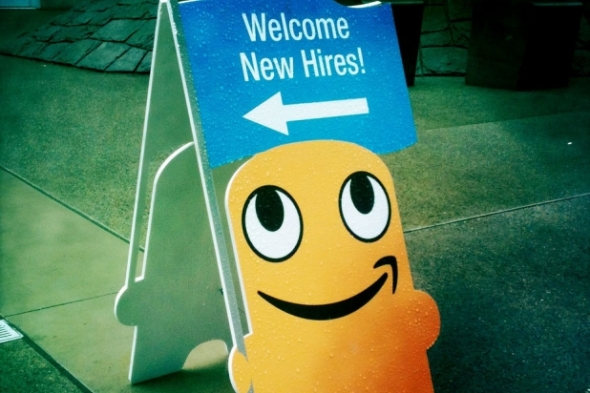First impressions apply to organizations as well as individuals. Employers have a short window during which to capture the hearts and minds of a new employee. Unfortunately, too frequently the window closes… about the same time that a door opens and the disappointed, disillusioned employee walks out!
We’ve all had that new employee experience. What drew you in? What pushed you away? What did your introduction to the job telegraph to you? And what long-term effect did these early messages have on how you felt about the work? The job? Yourself?
For most of us, those first precious hours and days were dedicated to paperwork, processes and procedures. Well-meaning leaders concerned themselves with "on-boarding" and "time to productivity." Right? But all of this likely did little to bond you to the organization, excite you about the road ahead or ensure your long-term commitment.
Organizations have a great opportunity to help new workers get off to a powerful and lasting start. But they need to change their approach to welcoming new hires. Best-in-class employers who enjoy high levels of satisfaction, engagement and retention among new employees do three things differently. They:
Ensure connections: One of the primary psychological needs we bring to the workplace is the need to engage in supportive relationships. So, companies must engineer relationships consciously from the start to ensure that new employees have a ready-made network that will help them through the transition. This can be as simple as a lunch rotation and as choreographed as formal mentoring. How it happens is less important than that it happens… early in the transition.
Help others contribute quickly: Protracted training programs, extensive shadowing and elongating time to productivity – this is a recipe for disengagement. Companies should help people quickly find ways to feel competent, effective and productive. Facilitate the use of their strengths early. Identify small projects and quick wins to establish a sense of momentum. Meaningful contribution builds a sense of commitment.
Begin the career-development conversation: Invest in employees, and they’ll invest in you. Demonstrate your commitment to their futures, and you will enhance their commitment to yours. Keep the initial employment interview going by continuing to learn about the new employee’s strengths, interests and goals. Take steps from the start to clarify how the employee wants to express herself and grow… then work together to find ways to make it happen.
Onboarding for genuine, long-term results comes down to this: De-emphasize the process and paperwork that is normally the (less-than-warm) welcome to a new job. Focus on connections, contribution and career development. And watch as your new employees:
- Confirm that they made a great choice in accepting your position.
- Quickly become powerhouse contributors.
- Settle in for a long and productive career with your organization.





